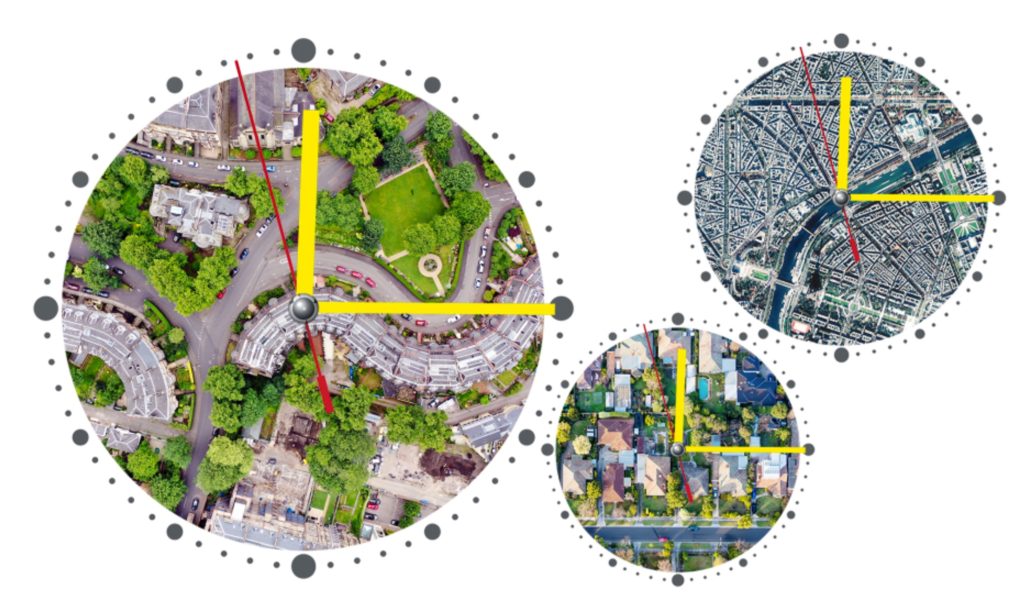
How long do you need to go to your school and office?
I do 10 mins usually, but when I live in Japan, I need a commute time, over 1 hour.
After modernization, The larger the city becomes, the longer our commute time is.
Various urbanists and researchers have developed plans that match the scale of their cities, and that consider how cities should be so that people can live their daily lives, including home, work, education, commercial areas, entertainment, and medicals, within a 15-minute or 20-minute time frame.
To be short, I named X min city about this concept.
The most famous concept is a 15-minute city by Carlos Moreno.

He is Carlos Moreno, urbanist, and professor Solbone uni.
The framework of this has four components; density, proximity, diversity, and digitalization.
What should be special about this plan compared to the other plans planned by the other authors,
he pays attention to these 3 points “Chrono-urbanism”, “Chronotopia”, and “Topophilia”.
And the other reason he became famous was that Paris city mayor, Anne Hidalgo incorporated his idea into a new city policy.
This vision for Parisian cities aims to reduce the number of cars on the road and lower levels of air pollution by reducing the need to commute and travel.
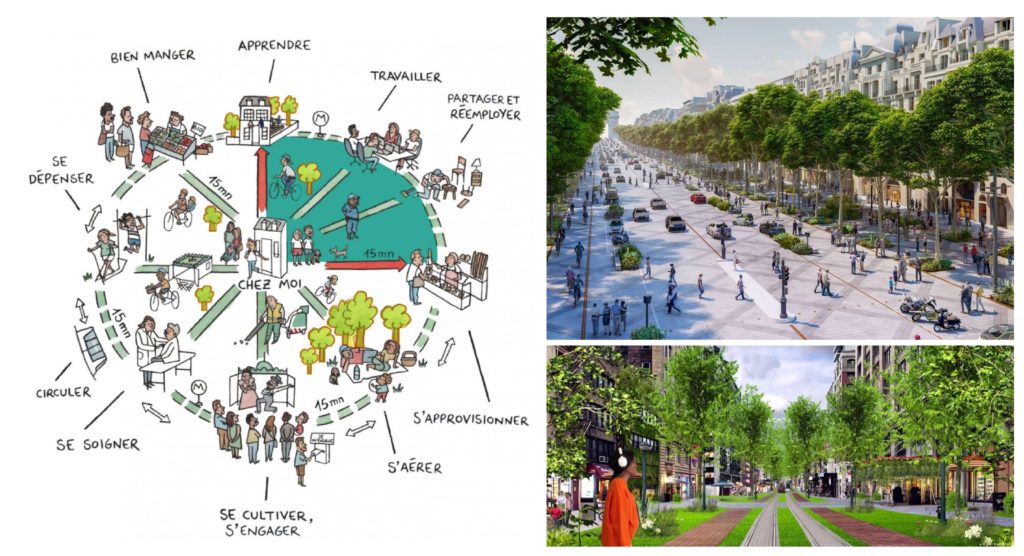
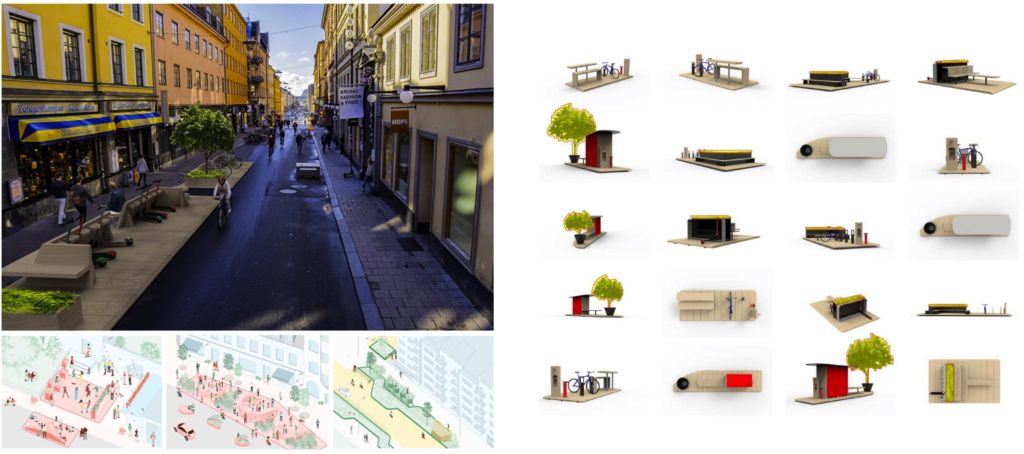
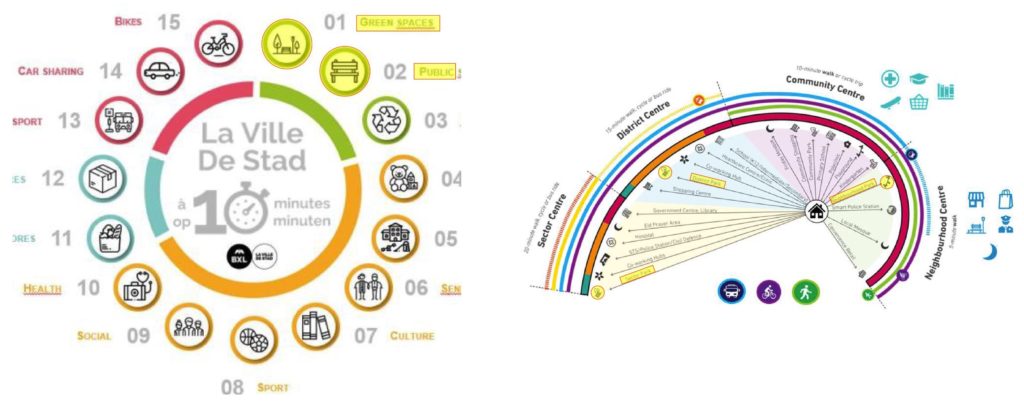
X min city in the case of Biocity.
Chrono-urbanism:
It should shorten our daily commuting time, not long traveling.
Chronotopia:
If the buildings and space are suggested to be mono-used, limited people and time can come.
To be mixed for different purposes, its were increased use of people.
Topophilia:
The relationship with the neighborhoods becomes less in our urban life.
Using digital technology and various types of recreation and city amenities, It’s important to make multiple new communities, not only one.
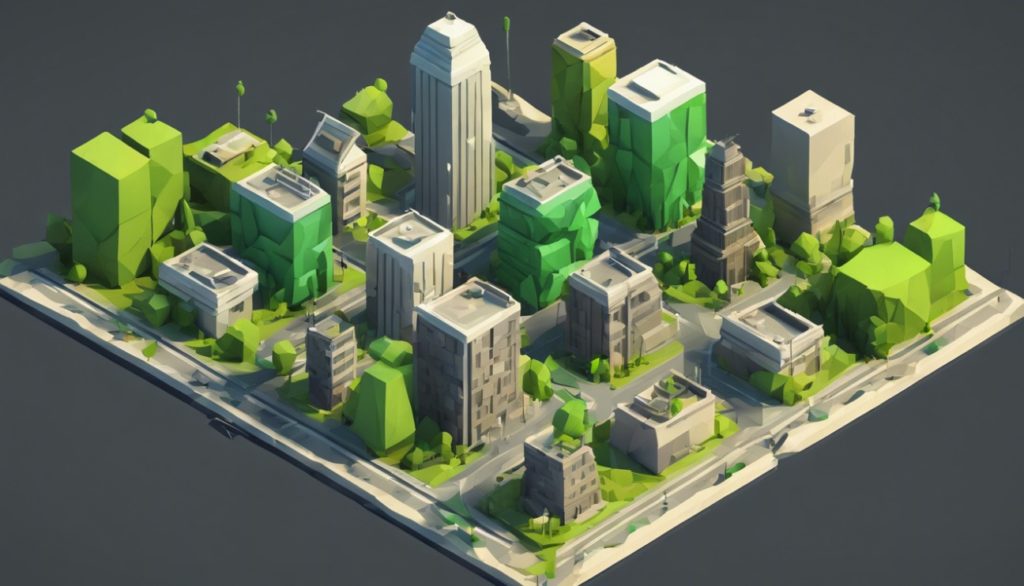
Chrono-urbanism -proximity with (urban) nature
We spend most of our time inside rooms in urban life, so we don’t have much time and opportunities to touch and see nature. It is considered better to be in nature as much as possible we can stay.
3-30-300
This is a green policy concept, introduced by Cecil Konijnendijk, a Dutch researcher, 2021.
The rule focuses on the many benefits of urban forests and their contributions to our health and well-being, as well as climate change adaptation.
In its simplicity, each of the three numbers provides criteria for the minimum provision of urban.
trees in urban areas:
3 trees from every home
30 percent tree canopy cover in every neighborhood
300 meters from the nearest park or green space
Based on up-to-date research and the work of influential organizations like the World Health Organization, it brings attention to the importance of bringing trees and nature all the way into people’s neighborhoods, streets, and on their doorsteps in order to capitalize on their many benefits.
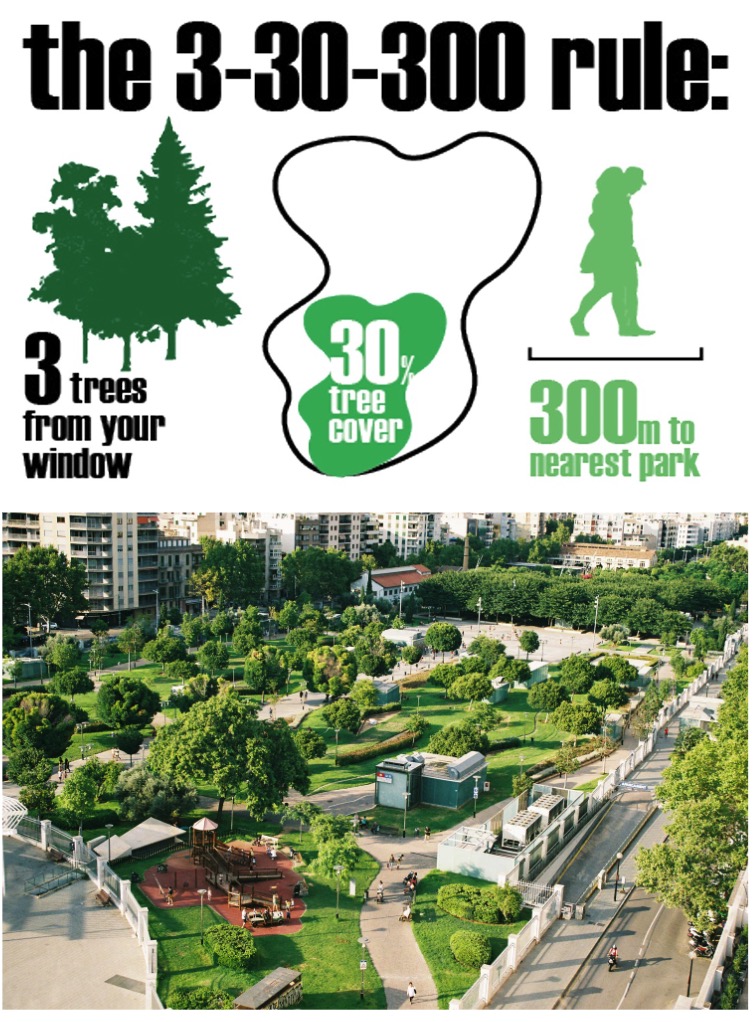
Chronotopia -how to use nature and change the space over time in the urban area
As an example of how to use different spaces in urban areas over time, What kind of things can be done with green nature?
Benefits of street trees for urban wildlife
Planting trees along roads is a staple of greening, but what are the benefits of planting trees along roads that we use every day?
Planting trees of a certain height creates shade. If a bench is placed under the tree, it will provide a space to rest for a while.
Birds, small animals, and insects also use the trees as nests and shelters.
The nuts and berries of the trees not only accent the urban landscape but also provide food for a variety of creatures.
Soil for planting trees can be a nest for insects, as well as slowing the urban heat island effect, and flood damage by absorbing water.
Planting trees in a city may seem simple, but depending on the time of day and season, it creates a diverse place for a variety of biology.
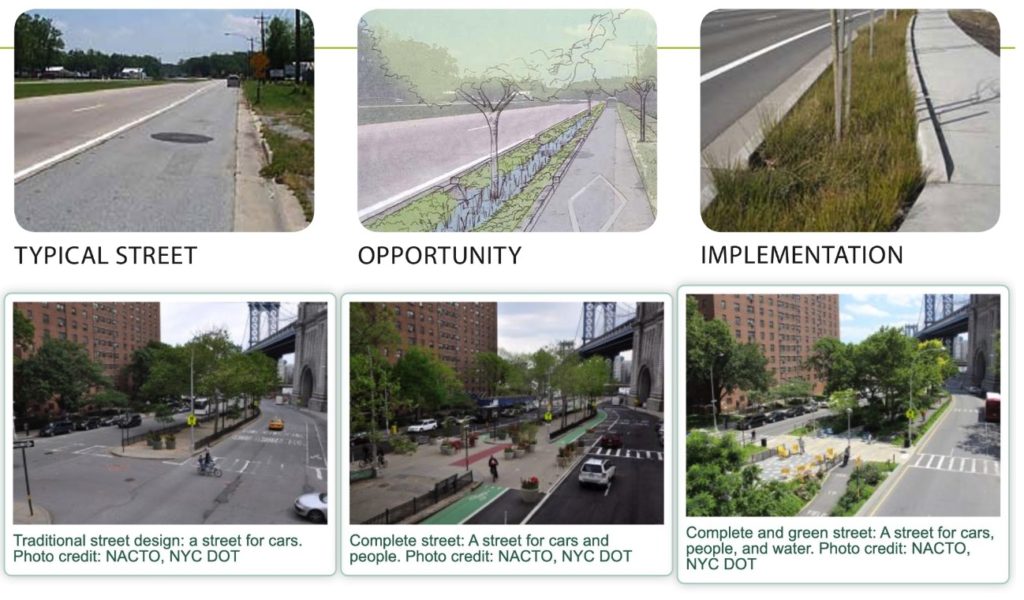
Topophilia -how to connect people by nature, and remake the ecosystem in the urban area.
What kind of attempts at green and plant-based initiatives are there?
The point from Ecosystem, are there any initiatives that will lead to ecological diversity of animals, insects, not only human beings, in the city?
Apiculture, the bees in the urban area
The general image may bring to mind cases of suburban and rural areas where bees are raised and apiculture is practiced. In recent years, however, apiculture in cities has been attracting attention. One of the reasons for this is the greater diversity of plants and flowers in cities, as cities have become greener and have planted a greater variety of gardens and street trees. The diversity of plants is eight times greater than suburban, which gives honey its unique flavor. In rural areas, bees are at greater risk of attack from bears and other animals, as well as from other kinds of bees, whereas in cities there is less risk, which can be an ideal environment for bees. In terms of pollination, bees can play a major role in maintaining urban plant life.
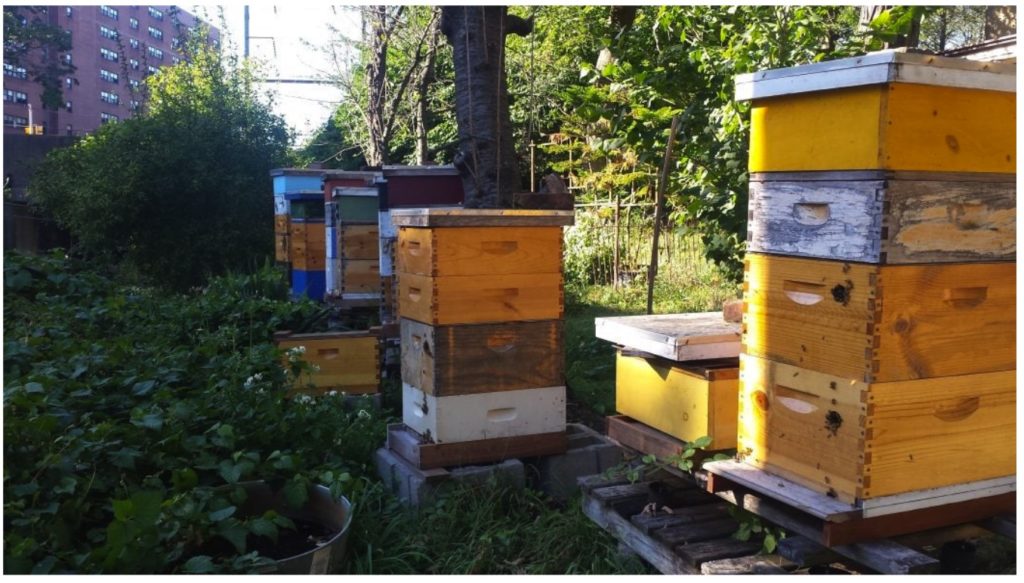
X min city in the case of Biocity.
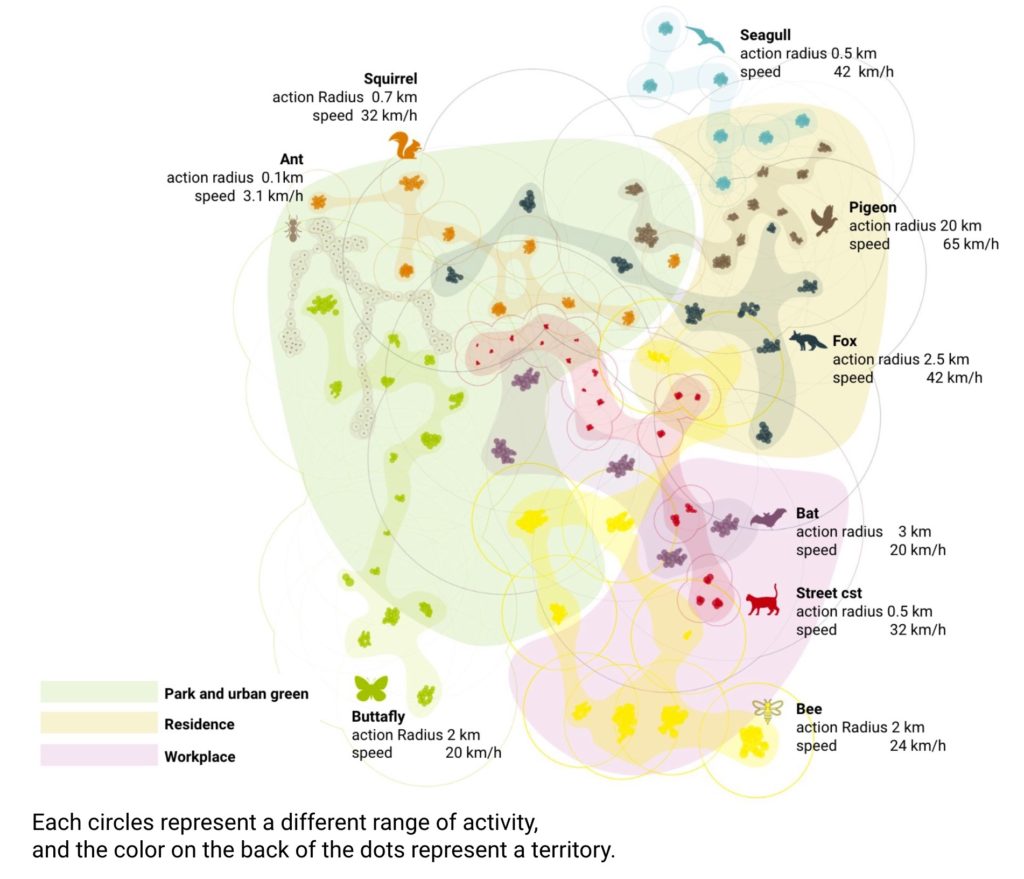
In Biocity, which considers the Diversity of various species, multiple points of center must be considered.
Parks, which we define as part of recreation, are homes and feeding grounds for some animals, birds, and insects.
The impact of our human lives on the creatures that live in cities is significant. Nightlights and roadways threaten their lives. In addition, bird droppings and animals destroying garbage are often reported as animal damage to our lives. However, there are aspects of urban biodiversity that have a positive impact on our lives.

